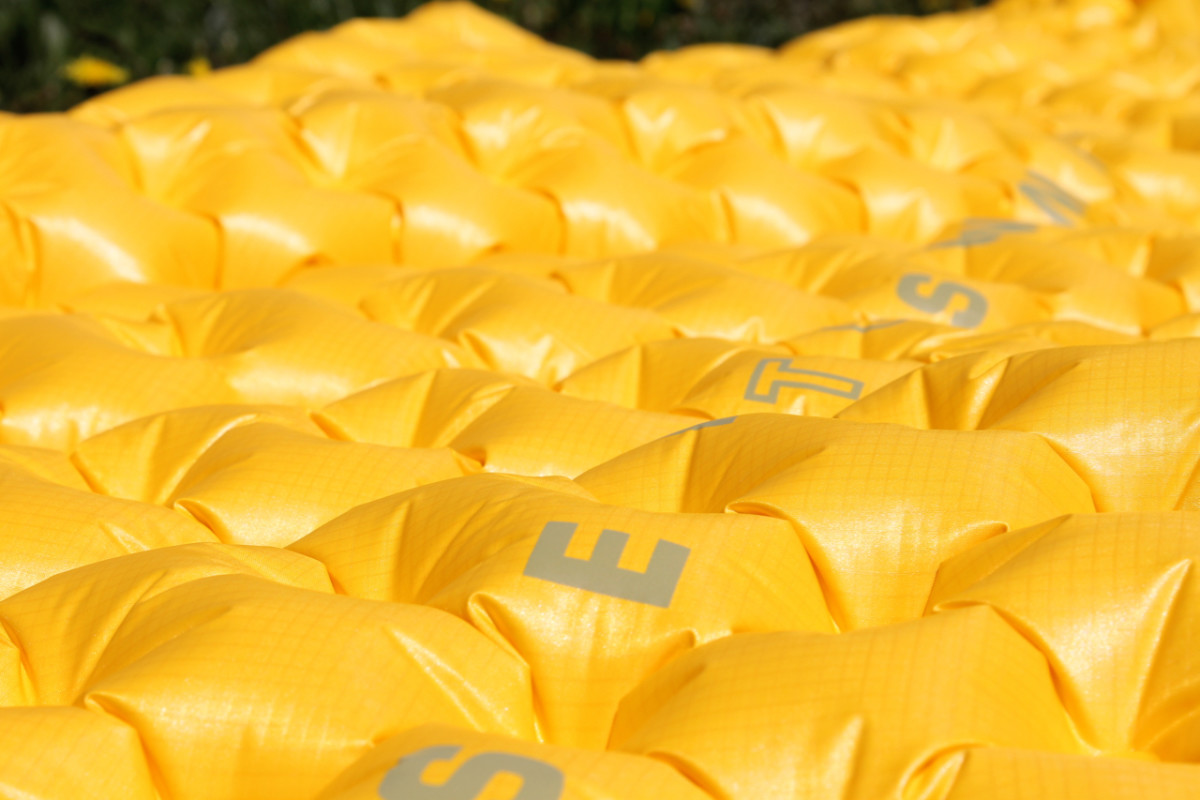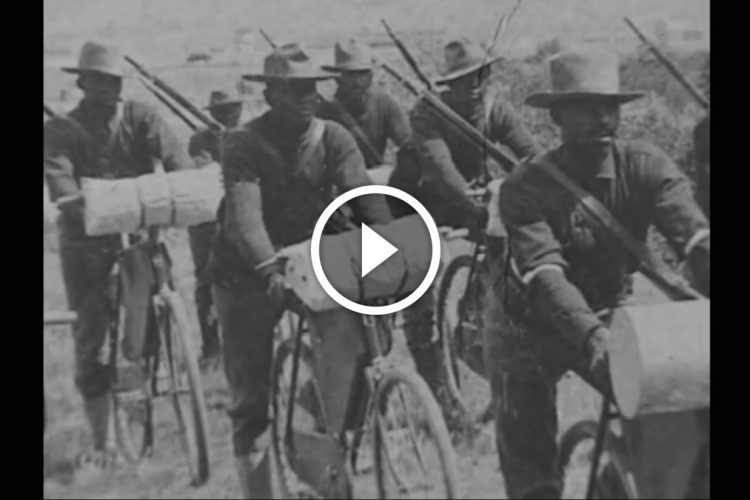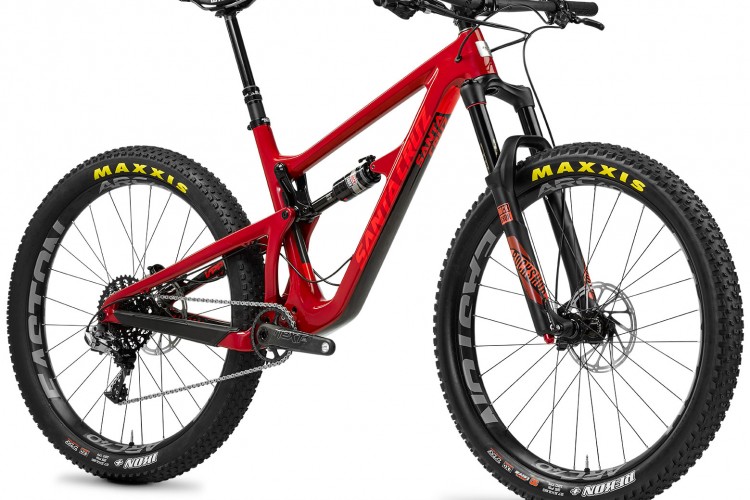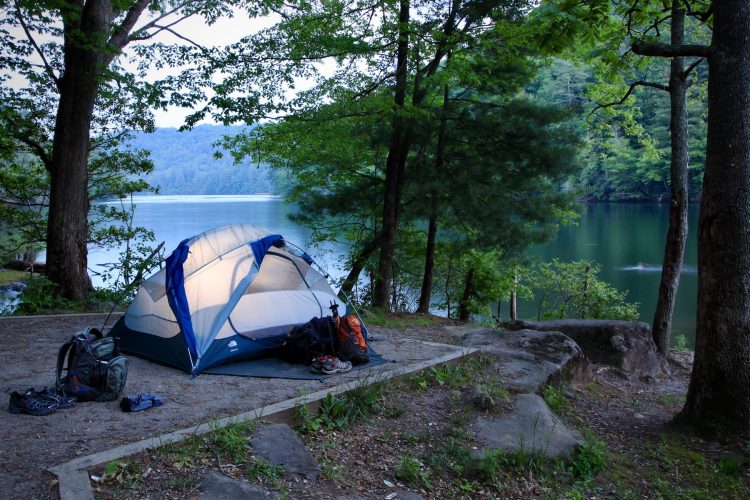
My main ambition for 2016 was to challenge my personal limits by getting started bikepacking. While a torn ACL and subsequent rehab has slowed my roll substantially, I’ve still been working on assembling the necessary gear for when my body is ready and able to hit the trail for long periods of time. Hopefully that’s soon.
One of the most critical components to a bikepacking setup is the sleep system. At least, if you’re not planning to spend all night pedaling at race pace, getting decent sleep without lugging heavy, bulky gear is of paramount importance. I got in touch with Sea to Summit, as they’re known to be fine purveyors of high quality, lightweight backpacking gear, to get a system in for review.
Specialist Solo Shelter


Your protection from the elements is arguably the most important part of a sleep system. While many ultra-lightweight bikepackers opt for a bivy, a tarp, or a hammock, I was more inclined to go with something closer to a classic tent. And with Sea to Summit’s entire Solo shelter tent system weighing a scant 22 ounces (you can cut the weight further by eliminating the stakes, and possibly even the poles), I was more than willing to exchange a handful of ounces for a little more comfort and security in case truly nasty weather rolls in. That said, according to Sea to Summit, the Specialist Solo offers “a lower overall weight and more compact size than many bivis.” So maybe it’s not really a sacrifice. They continue by saying that the Solo is, “the lightest fully enclosable shelter in [its] class.”

I’m also pretty claustrophobic in tight spaces, so the idea of a bivy or a low tarp weren’t appealing to me. The Specialist Solo, on the other hand, has a relatively high ceiling above the bikepacker’s head.


Official specs from Sea to Summit:
- Ultra-light weight
- 14.5 sq ft / 1.35m2 (floor area) – 3.9 sq ft / .36m2 (vestibule area)
- The Solo has one entrance and one vestibule. The Duo has two entrances and two vestibules
- Pertex ® Endurance 20D nylon shell fabric that has a 1,000mm waterhead and a
- 7000MVTR (Moisture Vapor Transmission Rate)
- 15D waterproof nylon walls, vestibule & floor has a 1,200mm waterhead
- Double stitched and bar tacked at all stress points for strength and endurance
- Fully tape seam sealed and reflective guy lines
- Includes 2 x 7075 alloy poles and 6 x hard anodized 7075 alloy pegs
- Can be pitched with a pair of trekking poles and natural anchors for extra weight savings
- Ultra-fine mesh panel doors
- Internal storage pocket not offered on many lightweight shelters
- Optional lightweight Tyvek® ground sheets
TentShelter MSRP: $429- Ground Sheet Weight: 3.3oz
- Ground Sheet MSRP: $40
Spark SP II Sleeping Bag


The Spark SP II Sleeping Bag forms a critical barrier against the cold while sleeping. I waffled back and forth when selecting the temperature of my bag, but ultimately opted for one with a 35-degree lower limit. That may end up not being insulated enough for camping in the High Rockies, but the warmth can always be increased with the addition of a lightweight bag liner.
The entire bag weighs a scant 16.4oz, with a compressed size of just 2.9 liters.

More specs from Sea to Summit:
- Shell: 10D UL Nylon treated with DWR
- Liner: 15D nylon soft touch, high density weave
- 850+ loft Ultra-Dry Down® (90/10 European goose down)
- 1/3 length #3 YKK zipper
- Sew-through transverse baffle construction over legs, box-wall baffles over torso
- Includes lightweight Ultra-Sil® compression bag, mesh storage cell and laundry bag
- MSRP: $359
UltraLight Sleeping Mat


The final barrier between you and sleeping discomfort is the mat that keeps the ground from sucking out your body heat. Many mats are extremely bulky and heavy, which make for a cumbersome load no matter if you’re backpacking, fastpacking, or bikepacking. The UltraLight from Sea to Summit, however, is an incredibly compact and “ultralight” mat that solves most of my sleeping mat reservations!
The mat weighs just 13.9oz, and has packed dimensions of 3 x 6.5 in, according to Sea to Summit. When laid out and inflated, it measures 72in long, 21.5in wide, and 2in high.

I’m not the only one to think this is a great piece of gear–National Geographic Adventure gave it “Gear of the Year” in 2014.
Here’s how Sea to Summit describes the mat:
“The Ultralight sleeping mat range has a single layer of medium resolution Air Sprung Cells™ to give you the lightest and smallest packed-volume mat without compromising comfort. These mats are ideal when going light and fast is your aim and getting a great night’s sleep is essential for the next day’s adventure. All Sea to Summit sleeping mats come with a quality stuff sack, a repair kit containing six self adhesive patches for repairing punctures in the field, and a spare silicone one-way valve flap.”
More specs from Sea to Summit:
- Multi-function valve for fast and easy inflation, deflation and fine tuning of air pressure
- Thickness: 2 in / 5 cm
- 40D rip-stop nylon face fabric offers the right balance between weight and durability
- Our TPU lamination process – one used in the medical and aeronautical industries but unique to the outdoor industry – is vastly superior to the roll-to-roll lamination process that is commonly used in outdoor products at present. The TPU bonds better and more consistently, virtually eliminating delamination issues.
- An anti-microbial treatment is added to the TPU to prevent issues caused by warm, moist air trapped inside the mat.
- Extended storage instructions: mat should be laid flat, folded as few times as possible with valve open
- MSRP: $120
Totals
All together, this sleep system weighs 3 pounds, 7.6 ounces, and costs $948. As for how packable the entire system is, I can easily fit all of these parts into a standard-size hydration pack:


Stay tuned for the long-term review!
Last updated by Greg Heil on July 25, 2016 at 1:32pm MDT.





















2 Comments
Jul 23, 2016
Jul 23, 2016